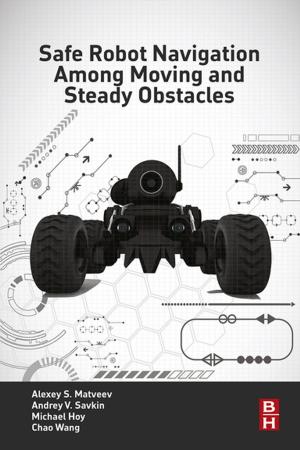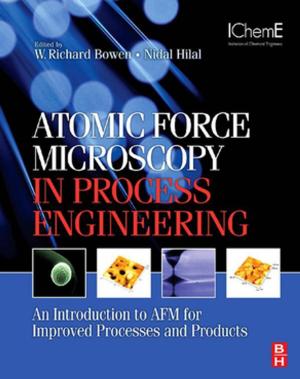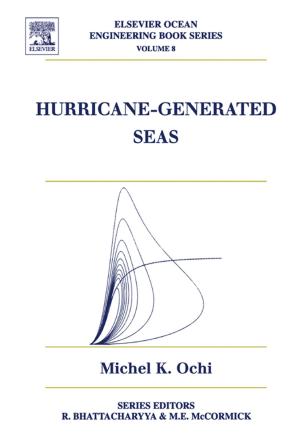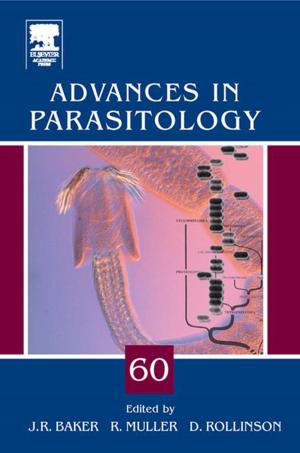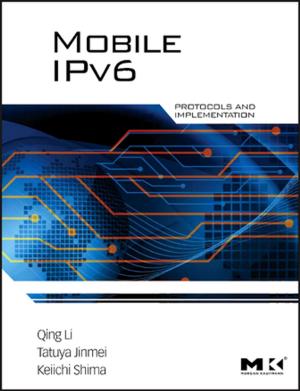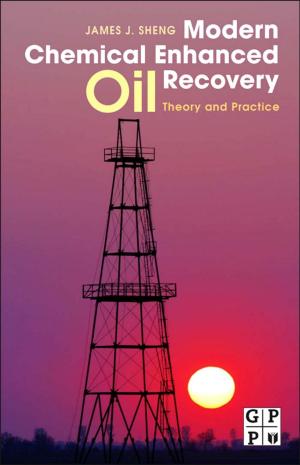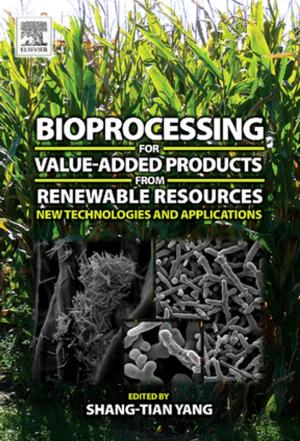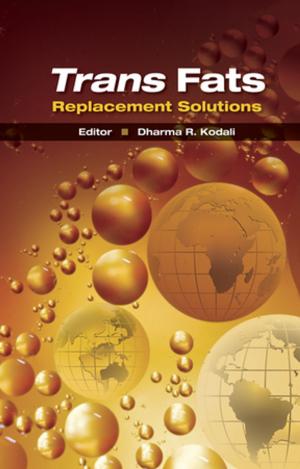Waste Management for the Food Industries
Nonfiction, Science & Nature, Technology, Engineering, Environmental, Food Industry & Science| Author: | Ioannis S. Arvanitoyannis | ISBN: | 9780080554938 |
| Publisher: | Elsevier Science | Publication: | July 28, 2010 |
| Imprint: | Academic Press | Language: | English |
| Author: | Ioannis S. Arvanitoyannis |
| ISBN: | 9780080554938 |
| Publisher: | Elsevier Science |
| Publication: | July 28, 2010 |
| Imprint: | Academic Press |
| Language: | English |
The continuously increasing human population, has resulted in a huge demand for processed and packaged foods. As a result of this demand, large amounts of water, air, electricity and fuel are consumed on a daily basis for food processing, transportation and preservation purposes. Although not one of the most heavily polluting, the food industry does contribute to the increase in volume of waste produced as well as to the energy expended to do so. For the first time, nine separate food industry categories are thoroughly investigated in Waste Management for the Food Industries in an effort to help combat this already acute problem. The current state of environmental management systems is described, offering comparisons of global legislation rarely found in other resources. An extensive review of commercial equipment, including advantages and disadvantages per employed waste management technique, offers a unique perspective for any academic, student, professional, and/or consultant in the food, agriculture and environmental industries.
- Thoroughly examines the most prevalent and most polluting industries such as Meat, Fish, Dairy, Olive Oil, Juice and Wine industries
- Includes synoptical tables [methods employed, physicochemical or microbiological parameters altered after treatment etc] and comparative figures of the effectiveness of various waste management methods
- Contains nearly 2500 of the most up-to-date references available
The continuously increasing human population, has resulted in a huge demand for processed and packaged foods. As a result of this demand, large amounts of water, air, electricity and fuel are consumed on a daily basis for food processing, transportation and preservation purposes. Although not one of the most heavily polluting, the food industry does contribute to the increase in volume of waste produced as well as to the energy expended to do so. For the first time, nine separate food industry categories are thoroughly investigated in Waste Management for the Food Industries in an effort to help combat this already acute problem. The current state of environmental management systems is described, offering comparisons of global legislation rarely found in other resources. An extensive review of commercial equipment, including advantages and disadvantages per employed waste management technique, offers a unique perspective for any academic, student, professional, and/or consultant in the food, agriculture and environmental industries.
- Thoroughly examines the most prevalent and most polluting industries such as Meat, Fish, Dairy, Olive Oil, Juice and Wine industries
- Includes synoptical tables [methods employed, physicochemical or microbiological parameters altered after treatment etc] and comparative figures of the effectiveness of various waste management methods
- Contains nearly 2500 of the most up-to-date references available



